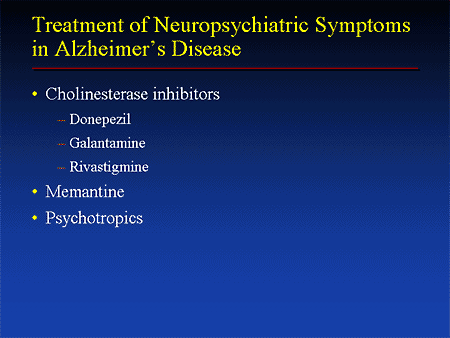Finding ways to detect and treat Alzheimer’s disease
Alzheimer’s disease has long been marked by progress - but not the kind of progress the medical community seeks. It is the most common form of dementia among older Americans, and its risk increases with increasing age; for those living with the disease, its ravages get worse over time; and as we move into the 21st century, it will place a greater and greater burden on society. The number of Americans living with Alzheimer’s has doubled since 1980 and is expected to triple again by 2050.
Sadly, Alzheimer’s disease has been the least prone to progress in the one area where we’d like to find change the most - in our ability to fight it. There is still no way to prevent, reverse or definitively diagnose Alzheimer’s disease using molecular markers or imaging.
Many research groups are working to change that, and at the 58th Annual Biophysical Society Meeting, which is taking place in San Francisco from Feb. 15-19, Giuseppe Melacini of McMaster University in Ontario, Canada will describe the progress his team is making at unraveling the mystery of the amyloid beta (“Abeta”) peptide, a tangling molecule found in the brain plaques associated with the disease.
“By focusing on one of the main components that impairs proper brain function, called Abeta peptide, we are trying to understand what properties of Abeta lead to toxic aggregates implicated in brain impairment,” explained Giuseppe Melacini. This work is significant, he added, because without a molecular understanding of Alzheimer’s disease, it will be difficult if not impossible to begin to find a cure.
Melacini and his team used a unique method originally developed to study long-range communication in folded proteins. This is a new approach never used before for unfolded peptides, such as the Abeta molecule, and it could reveal transient elusive states of Abeta that have escaped detection so far but that could be implicated in toxic aggregate formation. The research team dealt with challenges unique to the Abeta molecule. This system is difficult to work with because it is very aggregation prone and very sensitive to even the smallest differences in sample preparation protocols, says Melacini. “The Abeta molecule is also highly dynamic and it is therefore hard to pinpoint which structures out of this complex ensemble are functionally relevant.”
 While this research is still in its early stages, the team is taking the next steps to identify Abeta structures that either form or inhibit the formation of toxic aggregates, which in turn can cause brain impairment. Once that is done, the goal will be to trap these structures and use them for screening.
While this research is still in its early stages, the team is taking the next steps to identify Abeta structures that either form or inhibit the formation of toxic aggregates, which in turn can cause brain impairment. Once that is done, the goal will be to trap these structures and use them for screening.
“If we can identify the structures of the Abeta peptide that lead to toxic aggregates, we can then begin the development of inhibitors to suppress that process and have a chance to find treatments for Alzheimer’s disease,” Melacini said.
###
The presentation “Finding Order in Disorder: Probing Transient Functional States in the Amyloidogenic Alzheimer’s Aβ Peptide Using the NMR Chemical Shift Covariance Analysis (CHESCA)” by Moustafa Algamal, Julijana Milojevic, Naeimeh Jafari, Shiyuan Zhang, Rajeevan Selvaratnam and Giuseppe Melacini will be at 11:45 a.m. on Monday, February 17, 2014 in Room 304 in San Francisco’s Moscone Convention Center.
ABOUT THE MEETING
Each year, the Biophysical Society Annual Meeting brings together more than 7,000 researchers working in the multidisciplinary fields representing biophysics. With more than 4,200 poster presentations, over 200 exhibits, and more than 20 symposia, the BPS Annual Meeting is the largest meeting of biophysicists in the world. Despite its size, the meeting retains its small-meeting flavor through its subgroup symposia, platform sessions, social activities, and committee programs.
The 58th Annual Meeting will be held at the Moscone Convention Center, 747 Howard Street, San Francisco, California.
PRESS REGISTRATION
The Biophysical Society invites professional journalists, freelance science writers and public information officers to attend its Annual Meeting free of charge. For press registration, contact Alisha Yocum at ayocum@biophysics.org or Jason Bardi at 240-535-4954.
ABOUT THE SOCIETY
The Biophysical Society, founded in 1958, is a professional, scientific Society established to encourage development and dissemination of knowledge in biophysics. The Society promotes growth in this expanding field through its annual meeting, monthly journal, and committee and outreach activities. Its 9000 members are located throughout the U.S. and the world, where they teach and conduct research in colleges, universities, laboratories, government agencies, and industry.